
10 Games That are Best on Vita - Article
by Adam Cartwright , posted on 07 December 2019 / 5,825 ViewsIn today’s gaming market it seems that late, expanded ports are becoming an increasingly common occurrence – a title isn’t just released once, but tinkered with and re-released months or years later with extra content included to help convince people to double dip. While this brings many advantages (most notably, helping these games increase their audience thanks to new buyers on new consoles), it also has some disadvantages (namely frustrating buyers of the original version who may feel like they’ve gotten a bad deal).
Thanks to the timing of the Vita’s release and its relative power compared to the home consoles at the time (PS3 & Xbox 360), it saw the benefit of a number of these late ports which have remained the ‘definitive’ versions to this day. It’s these games that I’m aiming to look at in this article – titles that are best on Vita by virtue of extra bells and whistles, tweaked controls, and content, or in some cases just a general feeling that Sony’s portable hardware is the most enjoyable way to play.
Ar nosurge Plus

Japanese developer Gust, known for its prowess with turn-based RPGs, made the Vita its home for seven years, during which time the company ported numerous titles across from the PS3 to the handheld. Ar nosurge was a strange case – it was a sequel to a Vita-only title called Ciel nosurge, but initially it only launched on Sony’s home console (where it saw particularly modest sales). Less than a year later this was rectified and the game was also brought to the portable machine.
That extra time in the oven meant that bonus content was included in the Vita port (justifying the Plus subtitle), which ensured that it was the definitive version (and a brilliant game in any event). New costumes were added for all of the game's the characters, as well as new tutorials and balancing tweaks. It also included three new characters that you could have ‘purification’ events with (intimate conversations in a pool of water), as well as all of the DLC that was released for the PS3 version, meaning that if you want to visit the Surge Concerto universe the Vita version is absolutely the best way to do so.
Civilization Revolution 2 Plus

Originally intended as a simplified entry in the complex and intense 4X Civilization strategy series, Civilization Revolution landed on consoles in 2008 and was quickly followed by a sequel in 2014 which, oddly, only hit mobile devices (Android/iOS). Eventually, this sequel was brought to the Vita (in an odd reversal of tradition, to Japan first, followed by the west), complete with tonnes of extra bells and whistles that made it the best possible version of an already stuffed game.
New elements included three new world leaders (Himiko, Oda Nobunaga, and Heihachiro Togo), along with scenarios modelled after their respective campaigns (all based on various points in Japanese history), new units, and plenty of new opportunities to win through diplomacy or violence. Sadly, multiplayer did get cut in the conversion, but in light of the platforms it launched on that was a small omission in an otherwise extremely enjoyable handheld package.
Earth Defence Force 2: Invaders from Planet Space & Earth Defence Force 2017 Portable

The Earth Defence Force games are somewhat of an acquired taste – a series of third-person shooters that have you eliminating huge swarms of giant alien bugs in a ridiculously campy and over-the-top b-movie style. The Vita did very well for fans of the franchise, receiving two entries (the second and third, although technically one of them is a remake of the original). In both cases the handheld ports contained tonnes of extra content, making them the definitive releases.
The first of those was Earth Defence Force 2017, a straight port of the Xbox 360 original, which included six new missions, a handful of DLC bonus weapons, as well as a brand new class – pale wing, a flying soldier who completely changes how the game is played, turning it into a fantastic classic in my eyes. This was followed by Earth Defence Force 2: Invaders from Planet Space, a more significant remake of Global Defence Force, which again added more missions and another new class – the air raider, a demolitions expert who can call in massive airstrikes from above.
La Mulana EX

La Mulana is a well known Japanese indie classic that has been around in one form or another since 2005, where it received praise for being a tough-as-nails 2D platformer with a focus on exploration and mapping out underground ruins. It received a substantial remake for PC & Wii in 2012, which helped bring it to worldwide recognition, before a further tweaked version for Vita landed in 2014 and introduced even more changes (and was a big sales success, clearing more than 600k copies). The game is being ported to the PS4 next year, but there's no word on whether this version will include the Ex extras.
New to the Vita port was a monster bestiary - to help you keep a record of every friend and foe you encounter - as well as tweaks to the gameplay, including better signposting to help newcomers cope with the rather daunting initial challenge and the ability to toggle off a hard mode curse. There were also new languages added, as well as improvements to the original translations, meaning this is definitely the best way to play such a classic title.
Muramasa Rebirth

Known for producing beautiful hand-drawn graphics, famed Japanese developer Vanillaware seemed to hit the big time by releasing Muramasa: The Demon Blade on the Wii, where it became a bit of a cult classic and is often seen among ‘hidden gem’ lists for the platform. It led to a lot of further work for Vanillaware, including an updated port of Muramasa for Vita, to make the most of the gorgeous OLED screen.
While the base game remained largely the same, aside from being better localized (courtesy of Aksys Games), adding the ability to rebind controls, plus adding a jump button, it was the inclusion of four DLC packs that really elevated Rebirth. These were: Fishy Tales of the Nekomata, A Cause to Daikon For, A Spirited Seven Nights’ Haunting, and Hell is Where the Heart is, each one adding a new playable character, new bosses, and tonnes of enjoyable new content.
Persona 4 Golden

At this point, Persona 4 Golden is well established as the poster child for Vita. It's a sweeping JRPG that offers dozens of hours of gameplay, a beautiful story, and tight turn-based gameplay. Golden sold incredibly well and, despite being a game originally developed for home consoles, it felt like a natural fit in its expanded form on the Vita, to such an extent that it soon became famous for being a very special title in the handheld’s library.
The list of additional content compared to the original is extensive and there's far too much to write down here (you’d be better off looking up the well-maintained list here), but just to provide a small flavour: there are two brand new social links with Marie and Adachi, new areas to explore, new personas to unlock and use in combat, new cutscenes and voice acting for the expanded story, and a host of new events. It turned an already beloved game into an even better classic, one which is often seen as the best title on Vita.
Shiren the Wanderer: The Tower of Fortune and the Dice of Fate

A long-running Japanese franchise dating back to the 90s, Shiren the Wanderer became an early trailblazer in the rogue-like genre, mixing turn-based movement with dungeon exploration from an isometric perspective. It proved to be a successful formula that was later spun-off using other franchises, including Dragon Quest, Final Fantasy, and Pokemon, but the Vita got the vanilla series which was by then in its fifth iteration and had originally landed on Nintendo DS in 2010.
New to the Vita port were several additional dungeons, the ability to control the camera with the right analogue stick, plus extras like trophy and widescreen support. It's also the only version that's available in English and has continued to remain exclusive to the console to this day.
Street Fighter X Tekken

When two of the biggest fighting game franchises announced a duo of crossover titles (one in the style of Street Fighter, another in the style of Tekken) it seemed like a massive event in the gaming world. Sadly, only one of them ever came to fruition – Street Fighter X Tekken, which landed on PC, PS3 & Xbox 360 in early 2012, before a definitive version landed on Vita later that same year. The Vita release managed to escape the early backlash that hit the console versions as a result of their microtransaction-heavy DLC gem systems.
While the Vita has had its fair share of fighting game ports from the PS3, Street Fighter X Tekken is one of the few that actually manages to retain both visual fidelity and performance from its console counterpart (unlike something like Mortal Kombat, which I also considered for this list but I ultimately decided the visual concessions were just too great). The fact that it was a late port also meant that all of the DLC was included on the cart (12 new playable characters in total) and it benefitted from the PlayStation-exclusive appearances of InFAMOUS hero Cole MacGrath and cat duo Kuro and Toro.
Tearaway

While Sony withdrew its Vita support far quicker than many had hoped, there are still some gems from the platform's early years. Tearaway was pegged to be one of the big titles for the holiday season of 2013 and received rave reviews, but sadly it didn’t fare well in sales terms. Eventually, a port appeared on PS4 that included more content and tweaked controls, but sadly it fared even worse than the original in terms of sales performance.
Possibly the most controversial selection on this list given the fact that, objectively, the Vita version has less content than its PS4 counterpart, I would still argue that Tearaway is a vastly better experience on the handheld. And that's primarily because it’s one of the few games out there that feels specifically crafted for the Vita hardware, making as it does special use of every input, from rear touch to the front camera. As such, it’s a much more charming and personal experience that’s very much best on Vita.
Virtua Tennis 4: World Tour Edition

Tennis games are few and far between these days (well, good ones at least), and it feels like the last major studio effort was SEGA’s Virtua Tennis 4, which hit PC, PS3, Wii and Xbox 360 in early 2011, where it received positive if unremarkable reviews. Later that same year, it received an expanded port for Vita, which reviewed much better and became a must-own title for early adopters of the handheld.
In terms of new features that were added, the most substantial was an extra season to the excellent world tour mode, but things like Vita-specific mini-games using the gyroscope and touch features were appreciated too (they work far better than the majority of titles that shoe-horned them in). There’s also the ability to take a picture with the front camera and scan it in to create a player based on your face. All of those little touches combined to make it a fantastic port that’s well worth hunting down if you’re checking out Virtua Tennis for the first time.
Conclusion
There was a period in the Vita’s life when it seemed like Plus ports were all the rage and we were seeing all sorts of games making their way across to the handheld, from Gust’s Atelier, to Koei-Tecmo's Ninja Gaiden, to something more experimental that hadn’t really been on handhelds before like Civilization and a fully-fledged Mortal Kombat.
While many people complained at the time that the console was effectively becoming a ‘PortStation’, it led to a number of versions of games that are still the best way to play. The expanded content in things like Ar no Surge and Persona 4 Golden still can’t be found anywhere else, meaning that if you’re interested in playing those titles I would urge that you go for the Vita versions over any of the others.
They might not have been the killer software the machine desperately needed, but if you're looking for reasons to buy a Vita at this late stage in its life, then consider the games in this list – they’re all classic and enjoyable titles and they’re all best played on the handheld.








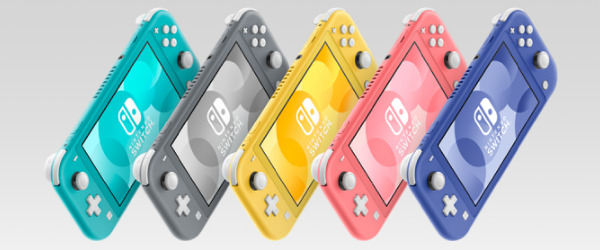
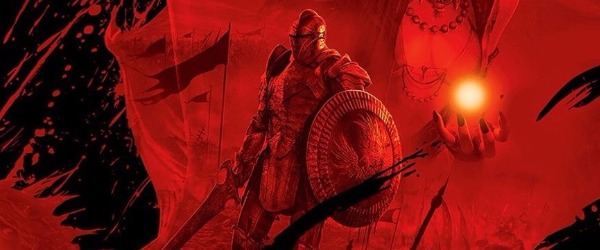

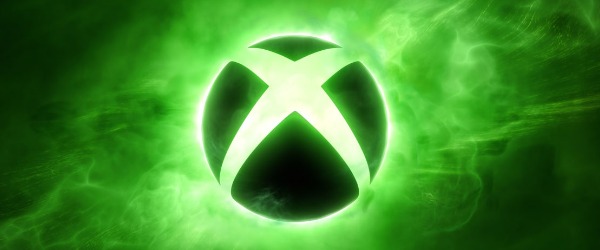










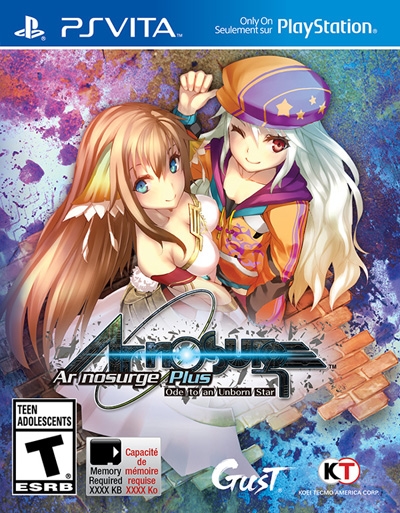

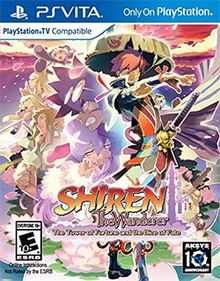

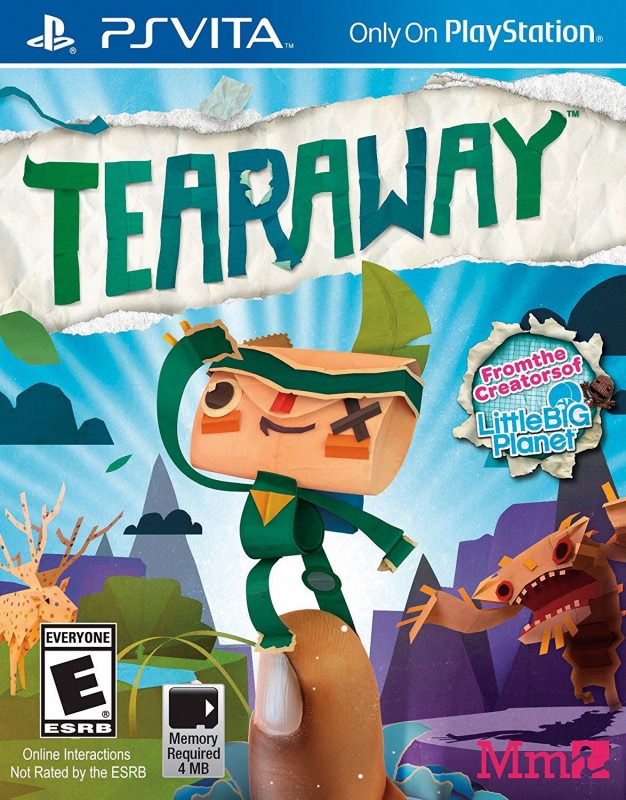
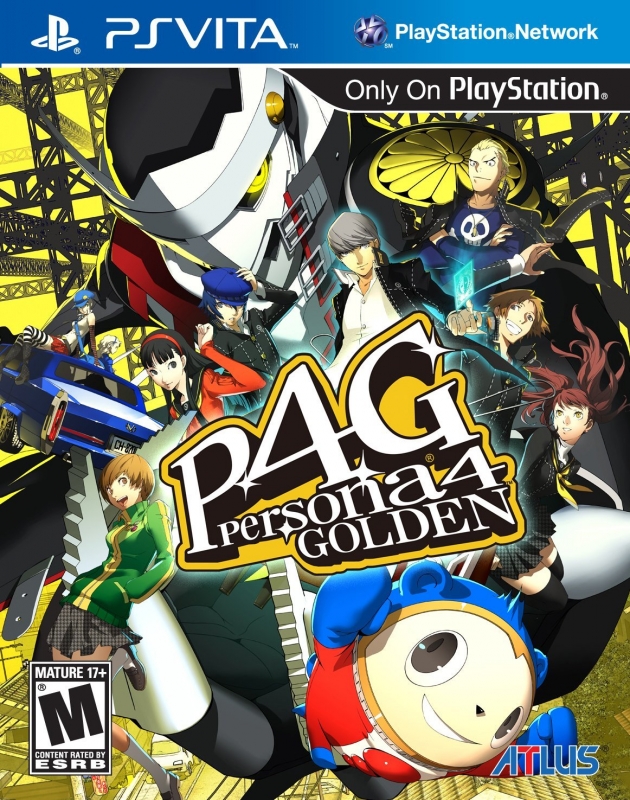
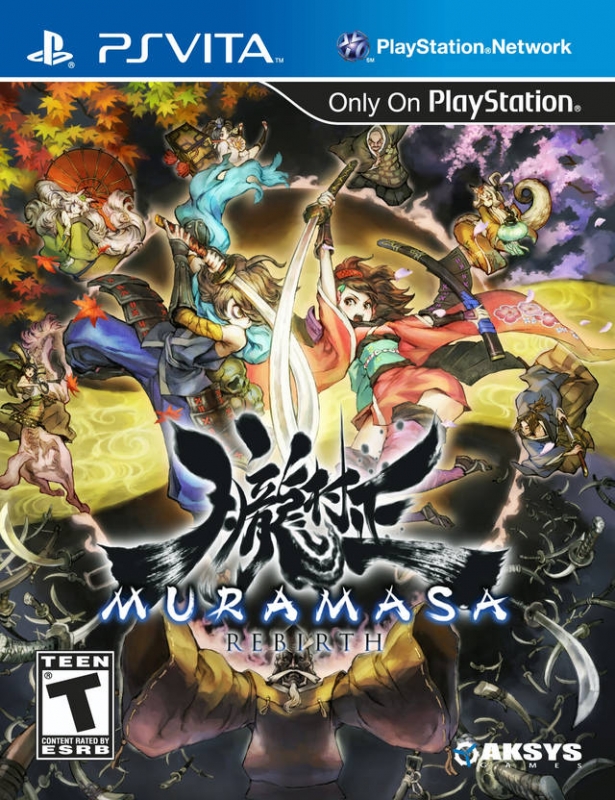
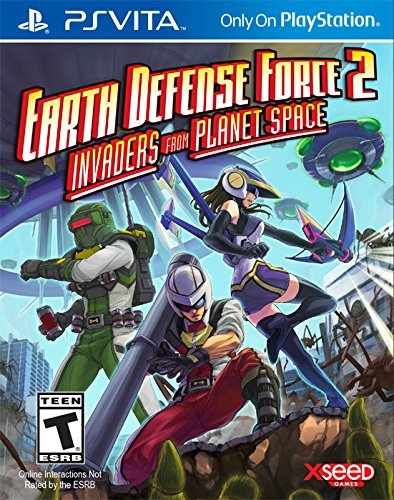

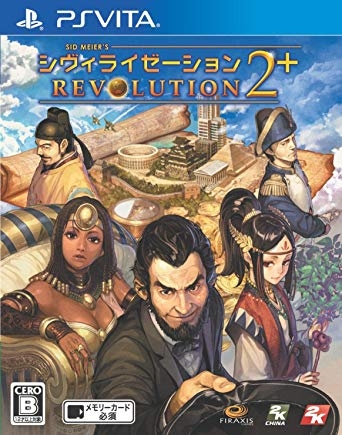
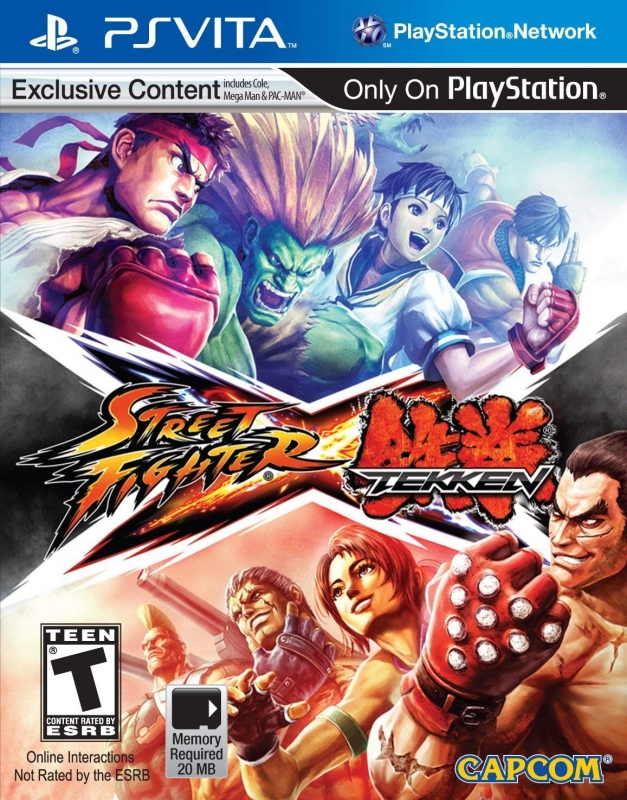
 Essay Pro
Essay Pro